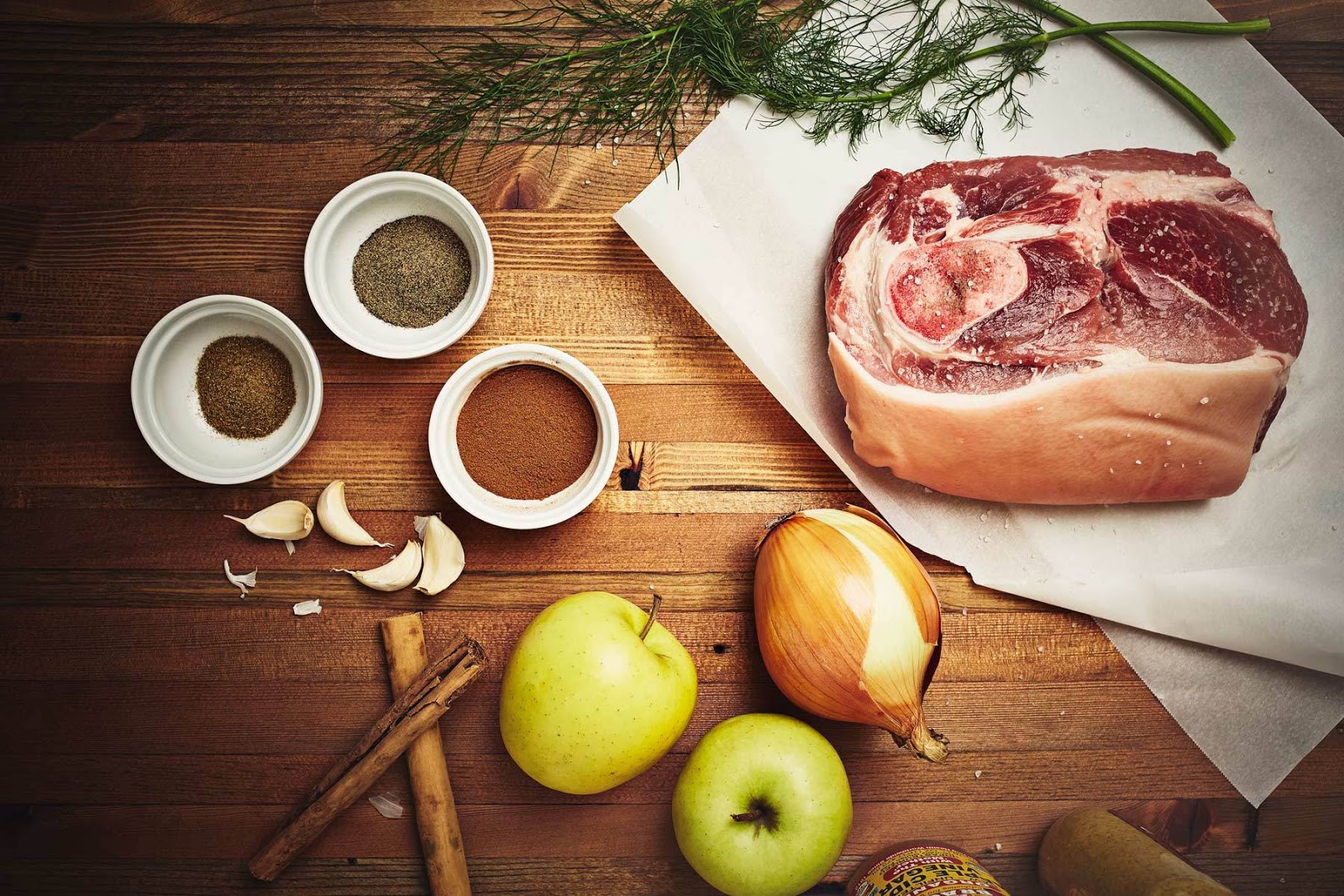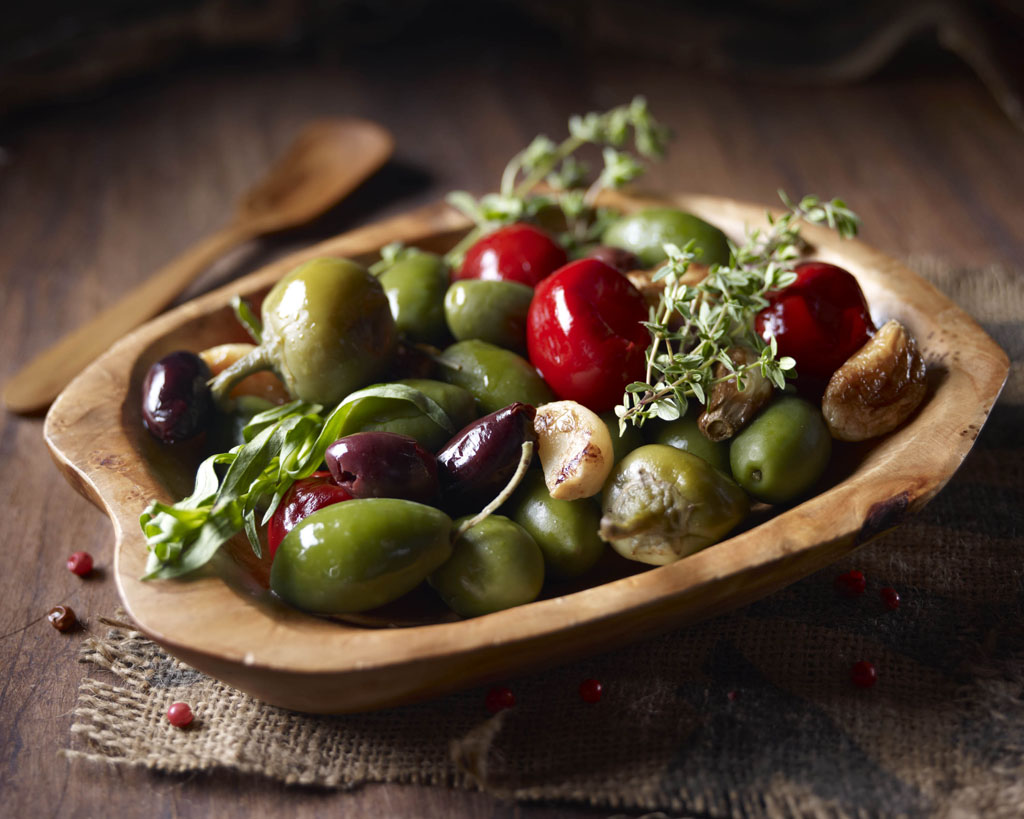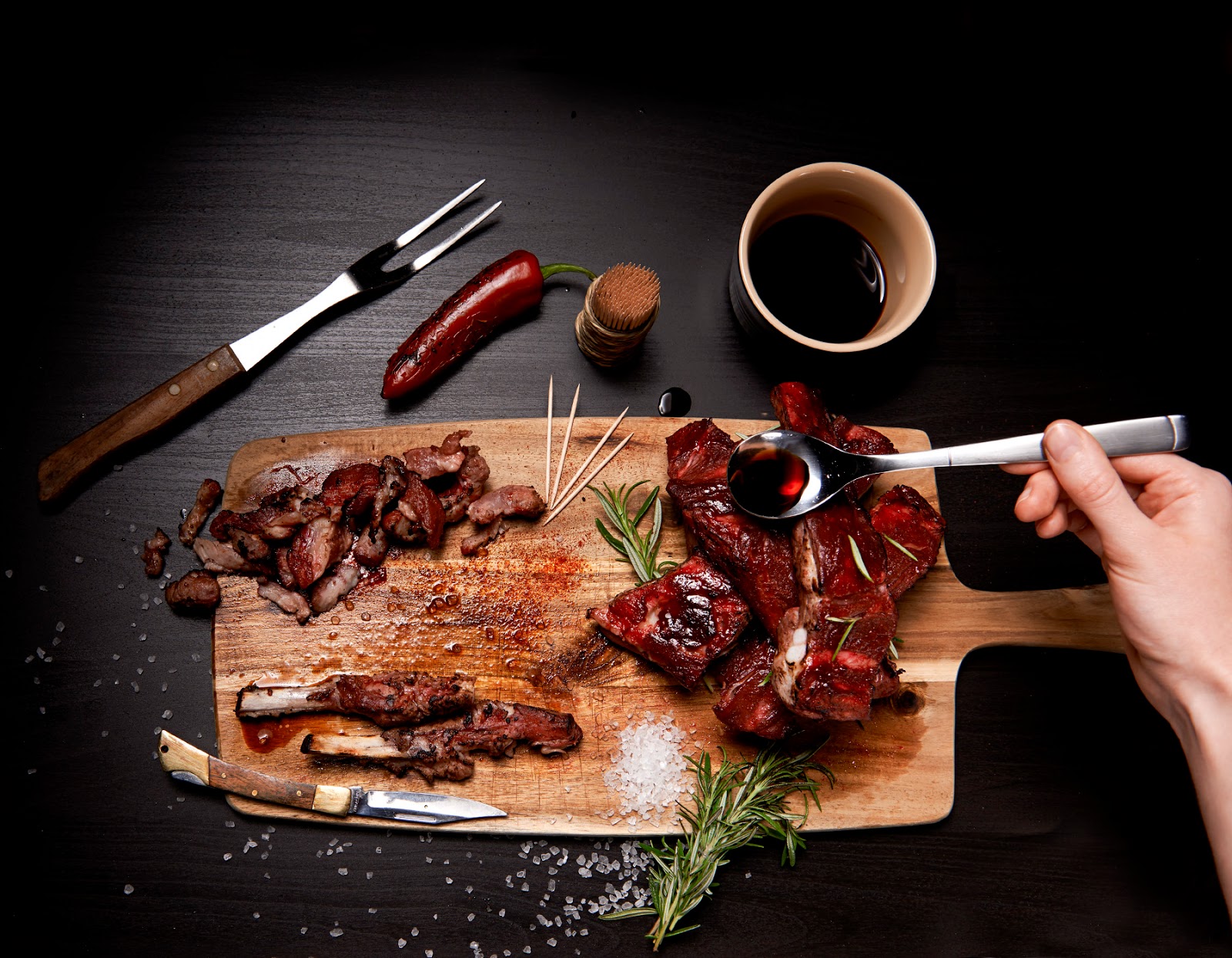Food photography is a skill that takes years to master. While it may seem like it is easy just to arrange some food on a plate, take a few photos and then (best of all) eat it afterward, what actually goes into a food photography shoot is quite the contrary. Food photography takes time, careful planning and a healthy dose of creative vision, which is why professional food photographers generally don't go it alone. Nowadays they will have a team working with them to help create those wonderful images, including a food stylist, creative director and a props assistant.
Most food also has a use by date, especially when exposed to heat, lighting and even air so the photographer will use different tricks of the trade to prevent the food from spoiling too soon. Here are just a few of the tricks food photographers often use to create those scrumptious images we see in cookbooks, advertising and on the internet:
Lighting
Food photographers opt for natural light these days - especially with the popularity of organic foods. Positioning food by the window or even outside will keep it looking much more natural than using artificial light. However, if you do need to rely on studio lighting, avoid using the camera flash as it will reflect off the food and make it look washed out - not to mention unappetising. Professional food photographers will generally opt for studio strobe lighting as it gives off the same colour effect as daylight.
Styling
The food needs to be arranged in an aesthetically pleasing way and this is where the food stylist needs to step in. Food stylists need to understand food, what people want to eat, how foods react in varying conditions and what looks good in photos. Contrasting the differing food colours will make the image look more attractive. For instance, a plate of mashed potato is not going to look particularly interesting. However, contrast it with some bright yellow corn, fresh green peas, drizzled with steaming rich gravy (see below for more on adding steam) and it is transformed into a gastronomic delight that will have us all drooling.
Using props
Props are also an important element in food photography but should not overwhelm or crowd the shot so the food becomes less of the focal point. Add a fork, napkin or even a just an attractive table cloth for some added interest in the shot.
Adding steam
Steam is the perfect effect that makes dishes look piping hot in photos. However in reality steam rises off hot food and evaporates too quickly for the food photographer to capture it. The photographer needs to be resourceful and it is not uncommon for them to use smoke machines, the steamer off a cappuccino machine or vaporised liquid titanium that looks like steam. Using a dark background will also make the steam stand out more effectively in the photo.
While food photographers regularly use these tricks to create those wonderful-looking food images, it's probably best not to eat the subjects after the photo shoot. Liquid titanium is really not that appetising!









No comments:
Post a Comment